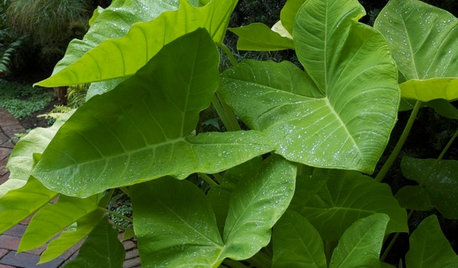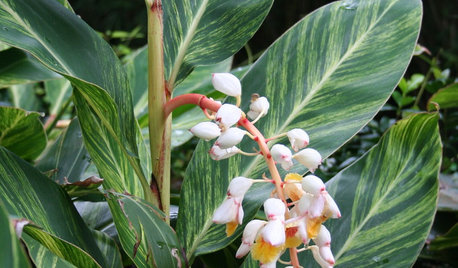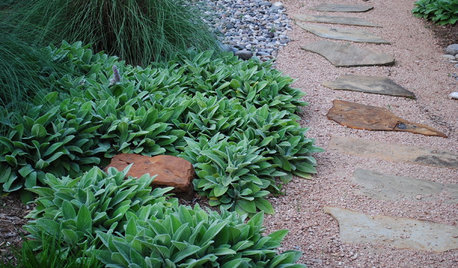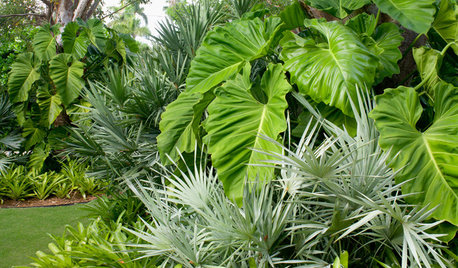Elephant ear without tubers?
diane4_2009
14 years ago
Featured Answer
Sort by:Oldest
Comments (11)
pat_c
14 years agoRelated Professionals
Maple Valley Landscape Architects & Landscape Designers · Ferndale Landscape Architects & Landscape Designers · East Patchogue Landscape Architects & Landscape Designers · Alexandria Landscape Contractors · Aurora Landscape Contractors · Arlington Landscape Contractors · Broomfield Landscape Contractors · East Hanover Landscape Contractors · El Reno Landscape Contractors · Gresham Landscape Contractors · Hayden Landscape Contractors · Panama City Beach Landscape Contractors · Suitland Landscape Contractors · View Park-Windsor Hills Landscape Contractors · Crowley Landscape Contractorshorton
14 years agorunningonempty
14 years agohorton
14 years agorunningonempty
14 years agohorton
14 years agopat_c
14 years agorunningonempty
14 years agohorton
14 years agohorton
14 years ago
Related Stories

GARDENING GUIDES7 Tropical Wonders of the Plant World
Go for high impact with the spectacular foliage, over-the-top florals or iconic profiles of these hand-picked tropical favorites
Full Story
KITCHEN MAKEOVERSKitchen of the Week: Rich Materials, Better Flow and a Garden View
Adding an island and bumping out a bay window improve this kitchen’s layout and outdoor connection
Full Story
GARDENING GUIDES7 Tropical Bulbs for a Summer Garden That Wows
Try these stunners in summer's powerful heat for garden thrills with an exotic flair
Full Story
FUN HOUZZ16 Creative Paint Color Names We Haven't Seen — Yet
Someday, the namers of new paint colors will finally run out of ideas. We're here to help
Full Story
SAVING WATERLush Gardens With Low Water Needs
Drought tolerant doesn’t have mean spindly, brown and thorny
Full Story
MOST POPULARHeads-Up Hues: 10 Bold Ceiling Colors
Visually raise or lower a ceiling, or just add an eyeful of interest, with paint from splashy to soothing
Full Story
GARDENING GUIDESGreat Design Plant: Serenoa Repens
Saw palmetto provides a carefree ground cover for dry gardens in the Southeast
Full Story
FOLIAGEGreat Design Plant: Ornamental Sweet Potato Vine
Versatile, fast growing, inexpensive and easy on the eyes, ornamental sweet potato vine has it all
Full Story
INSPIRING GARDENSMy Houzz: Lush Landscaping Creates an Idyllic, Personalized Garden
Explore this couple's gorgeous green landscape filled with collected finds and inviting places to gather
Full Story
HOUSEPLANTS8 Essentials for Healthy Indoor Plants
Houseplants add so much to our homes — and can thrive when grown in the right conditions. Keep these tips in mind
Full StoryMore Discussions







Nevermore44 - 6a